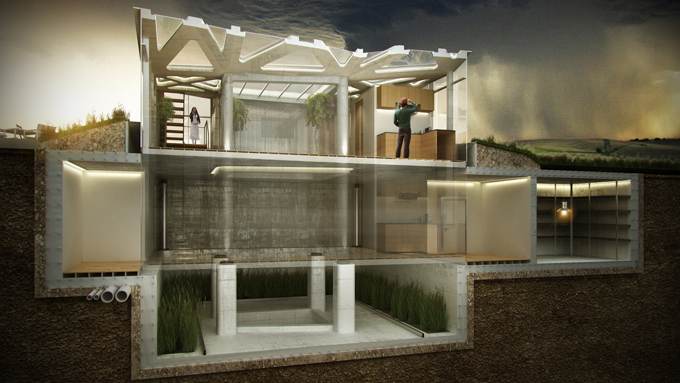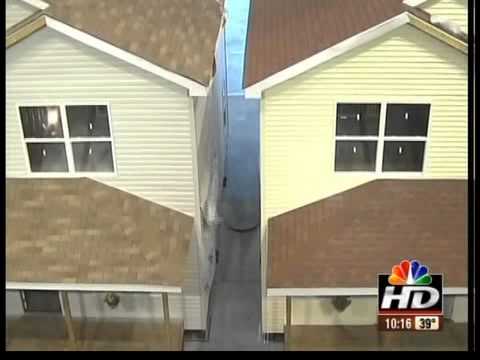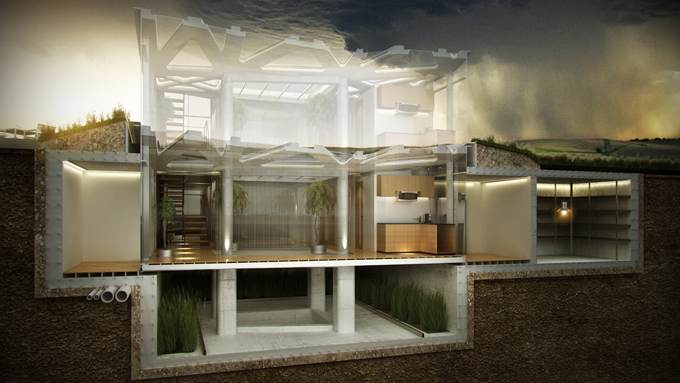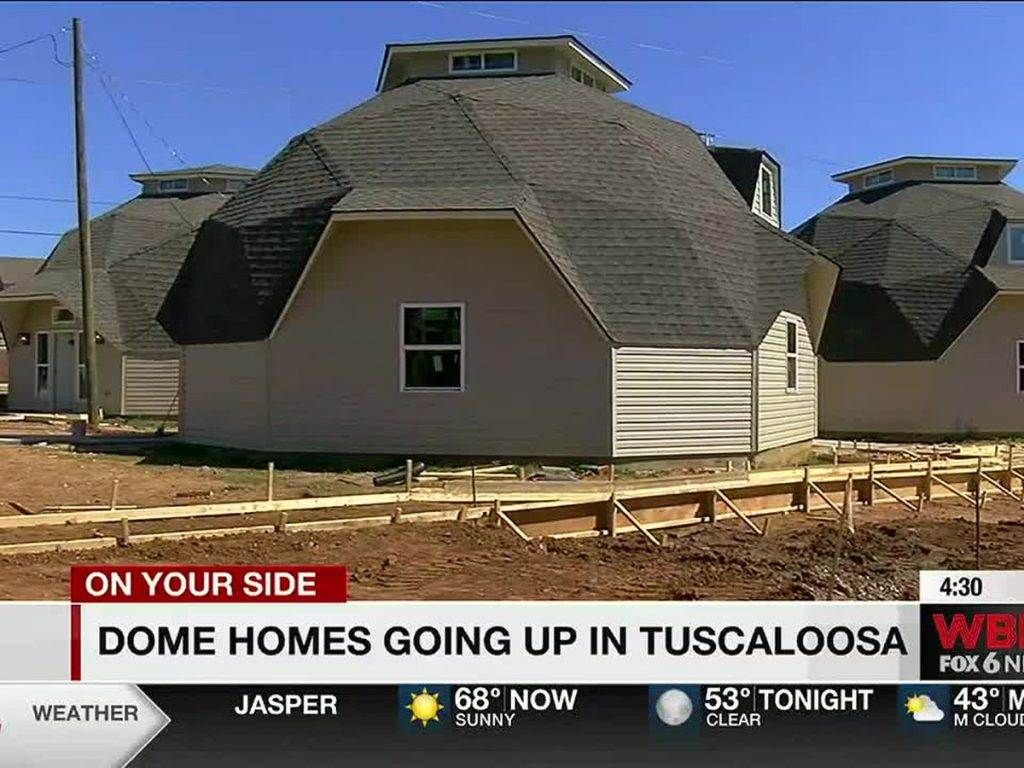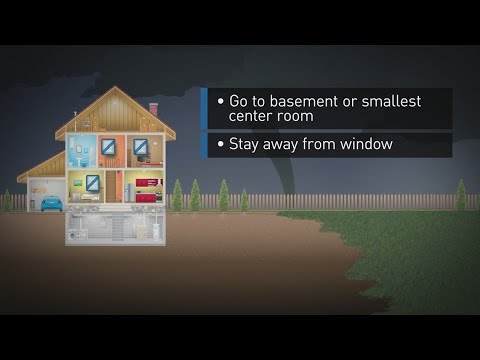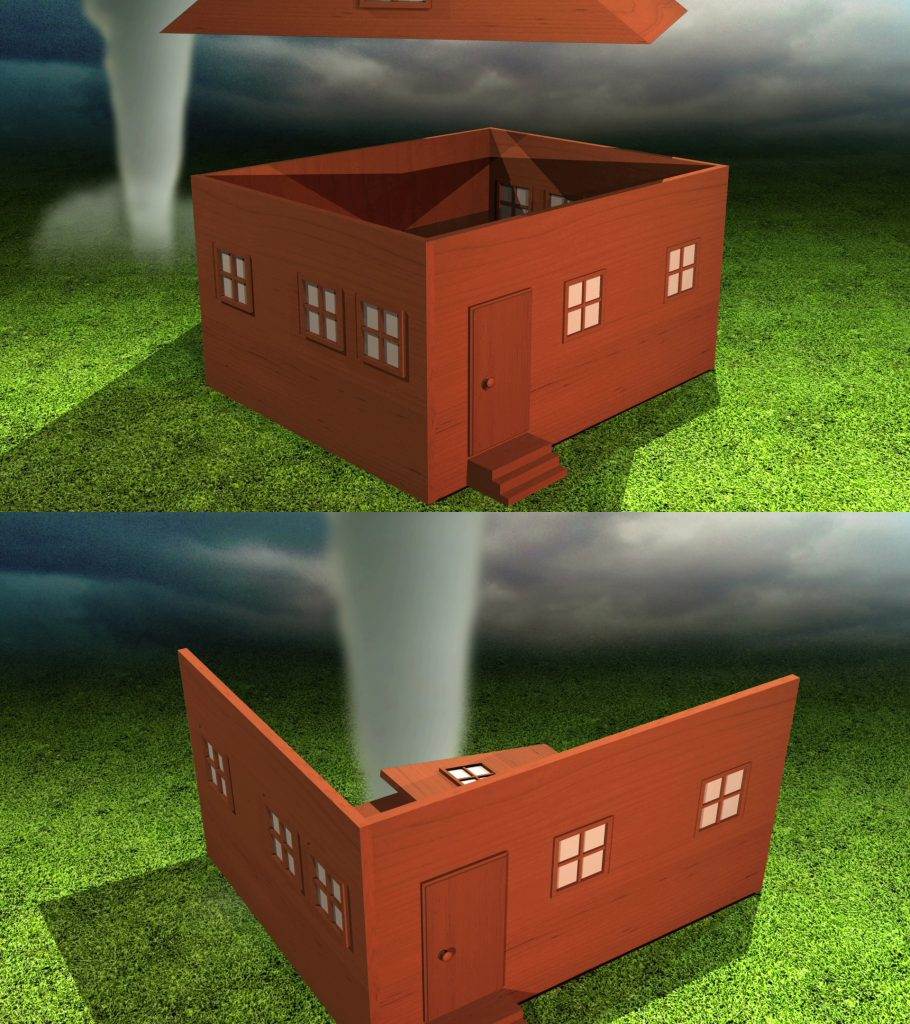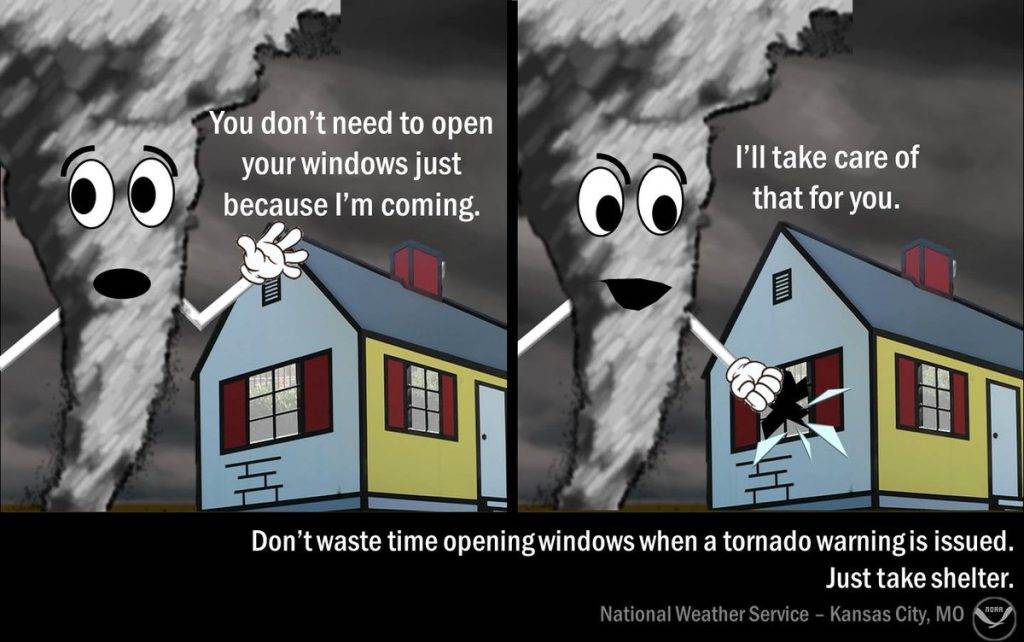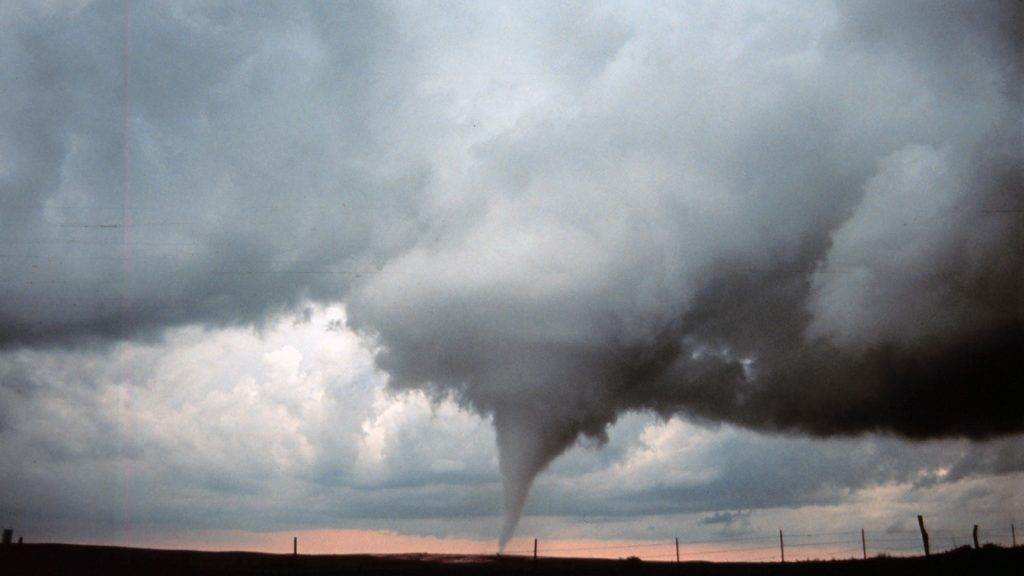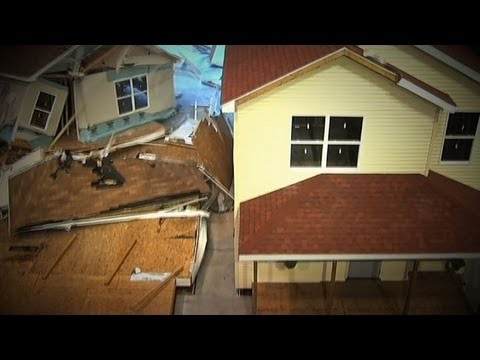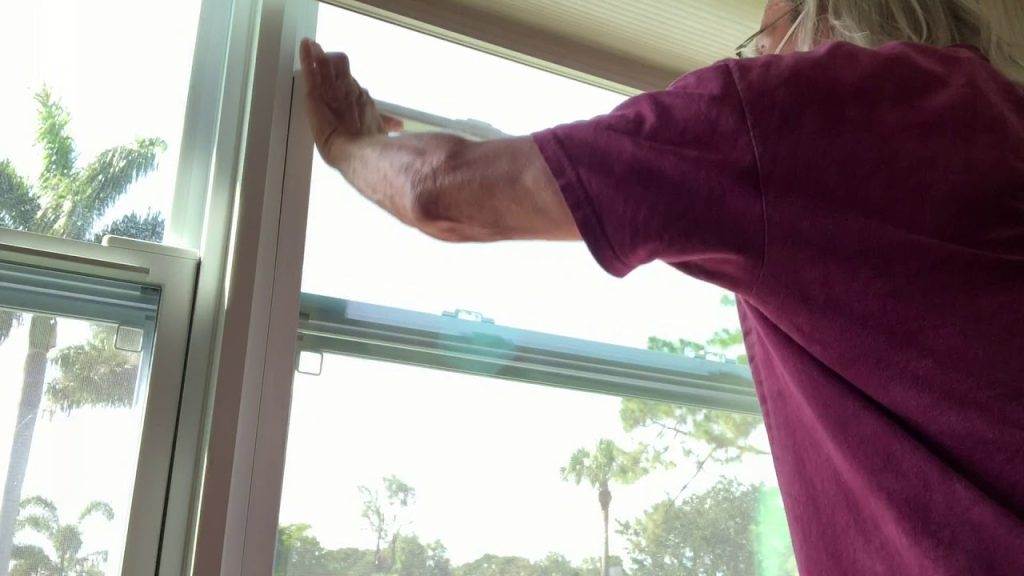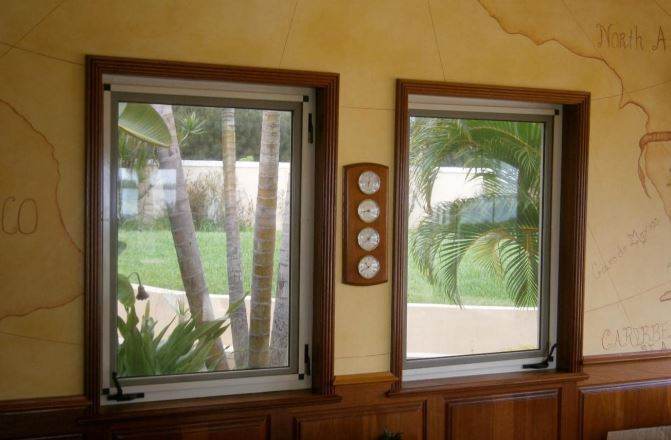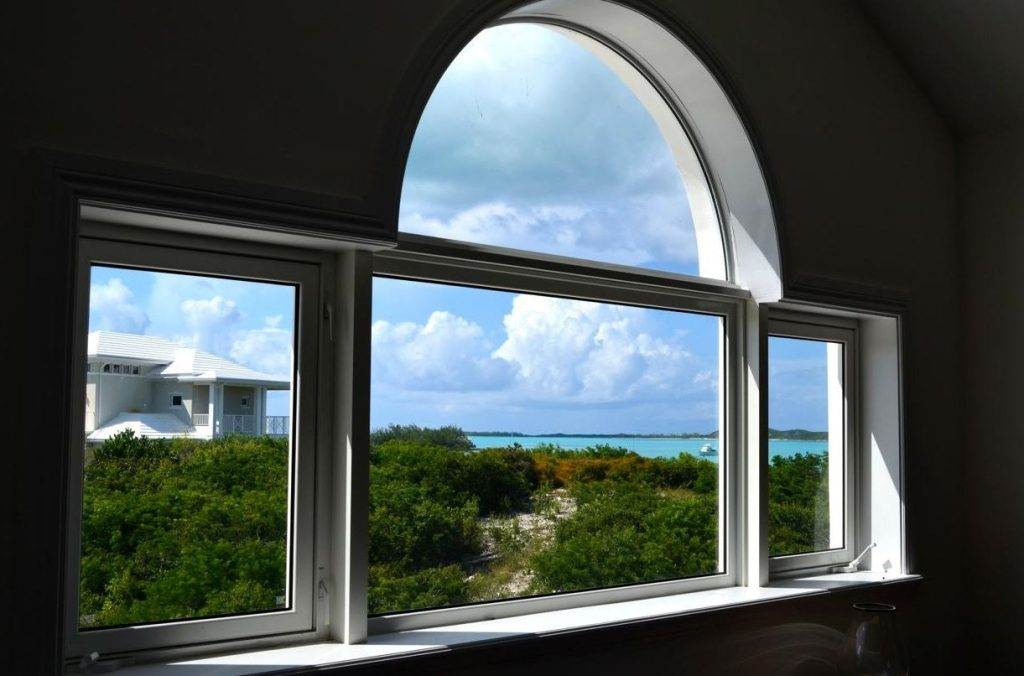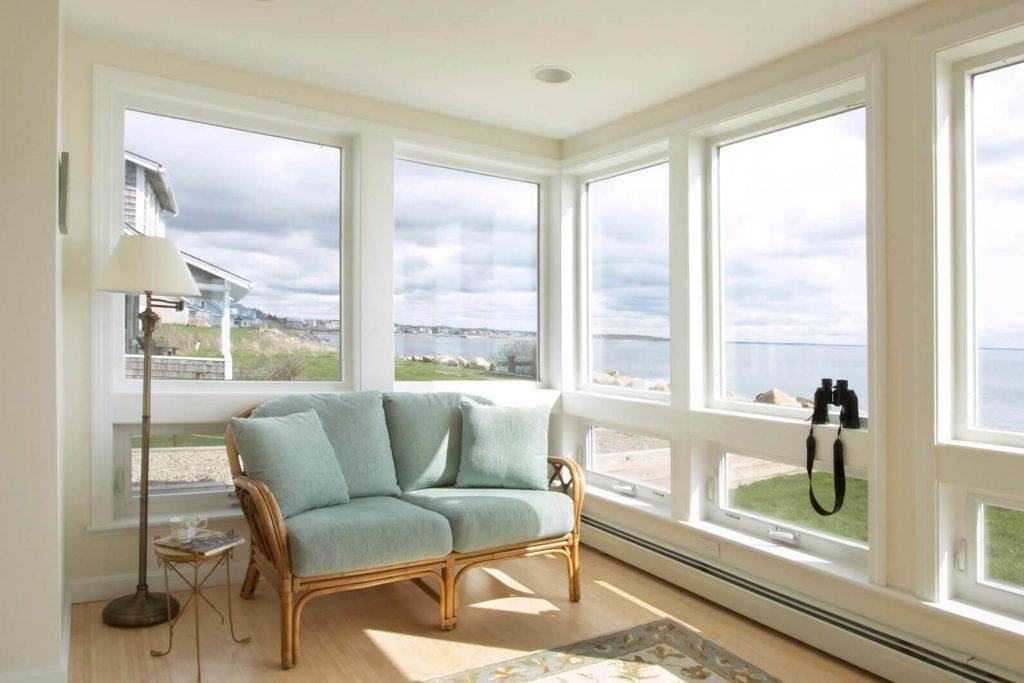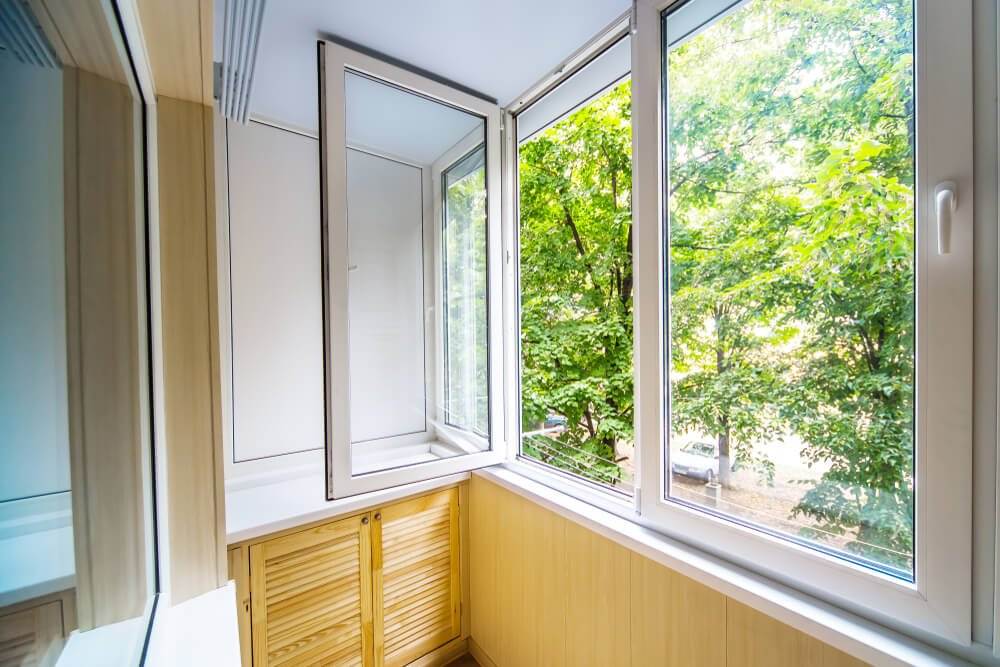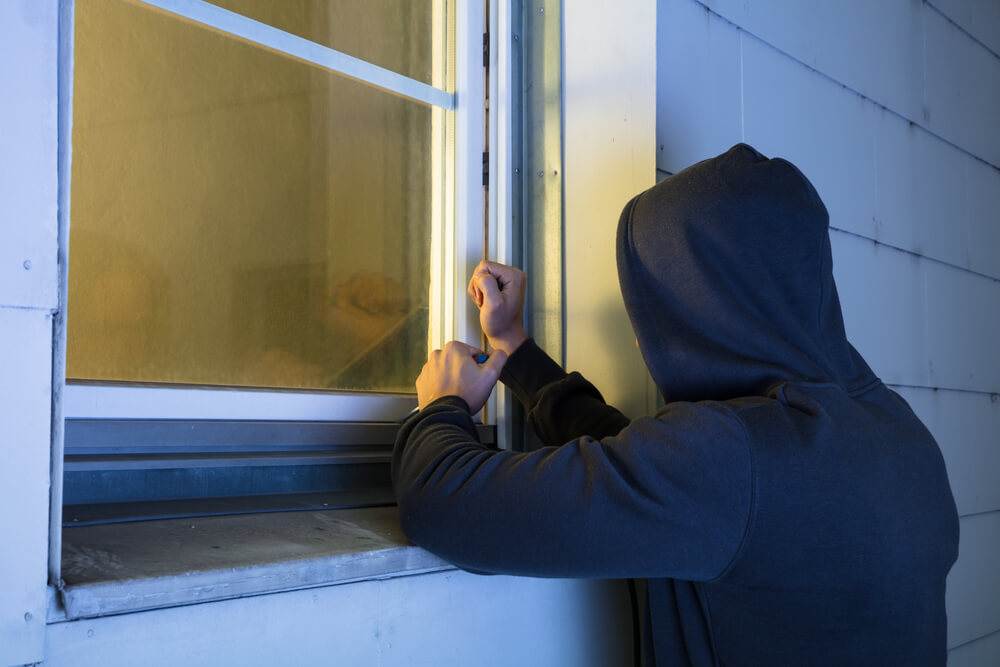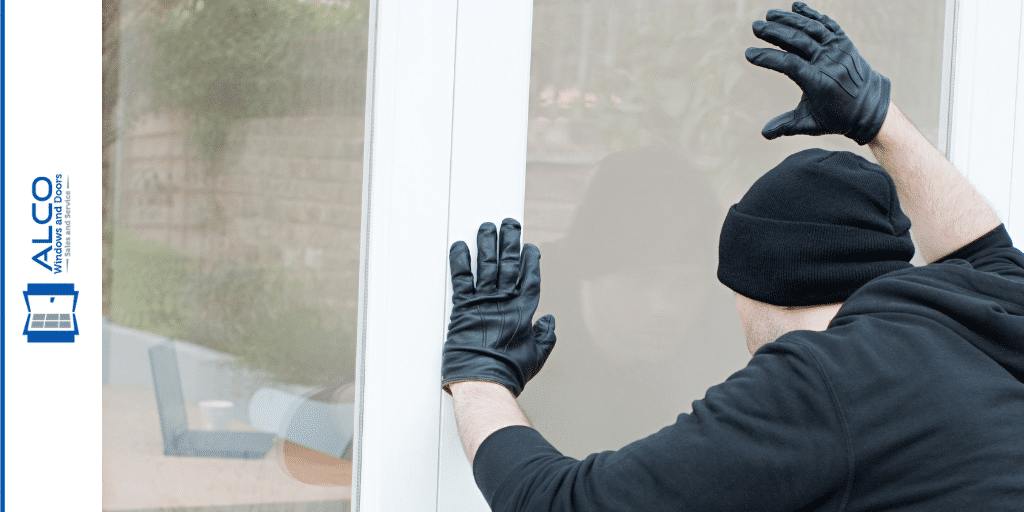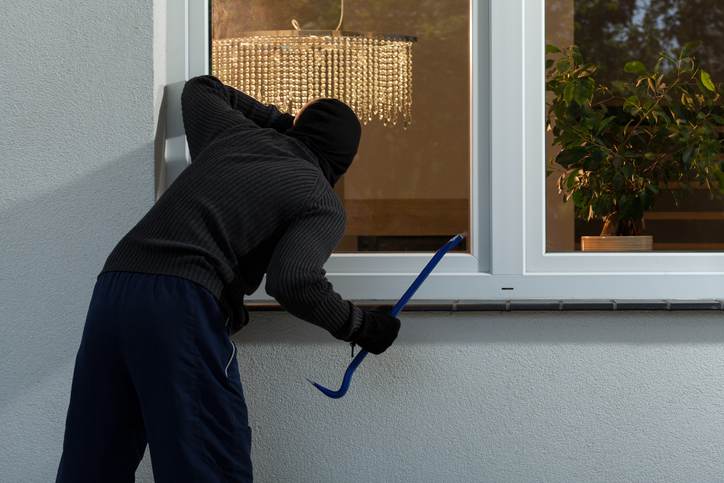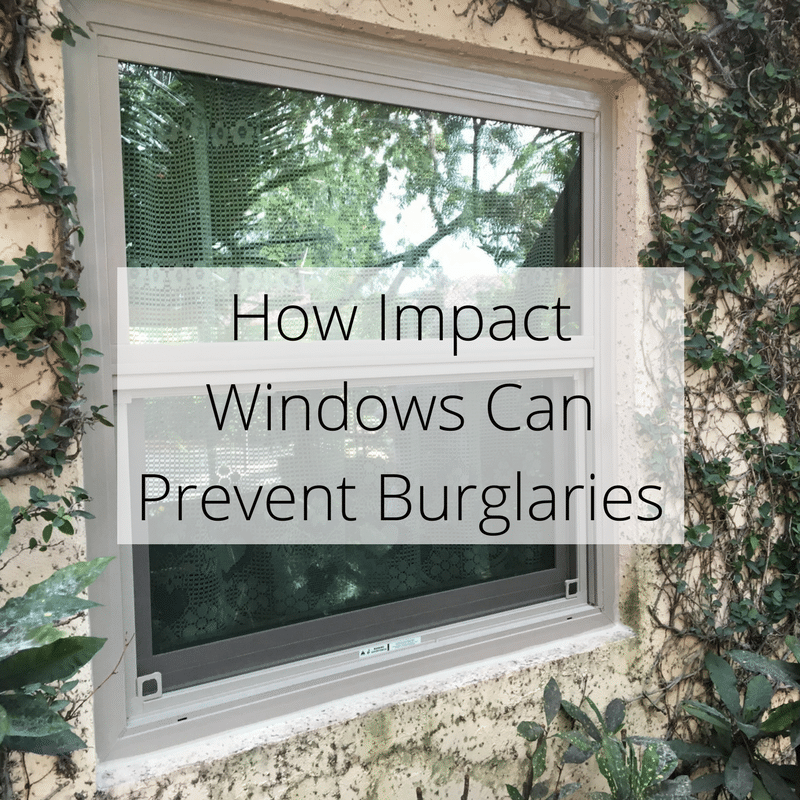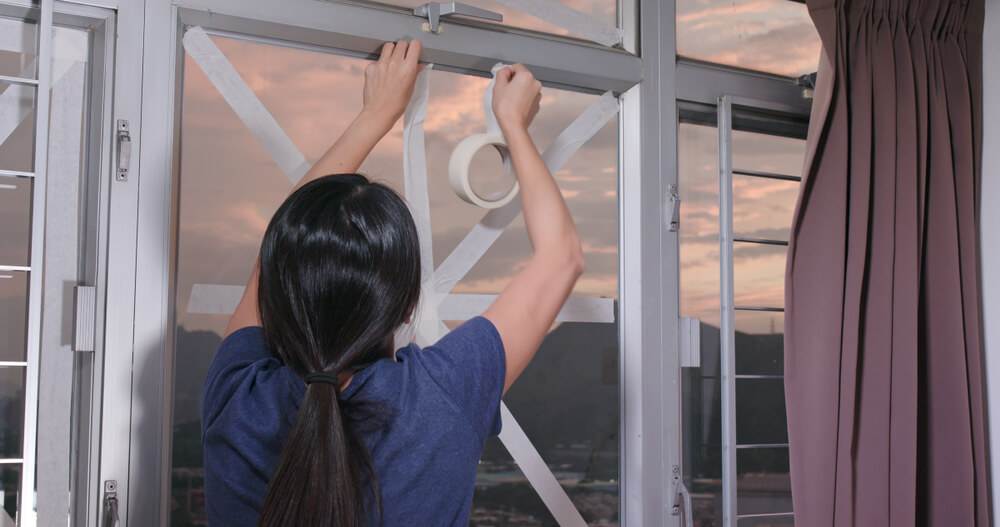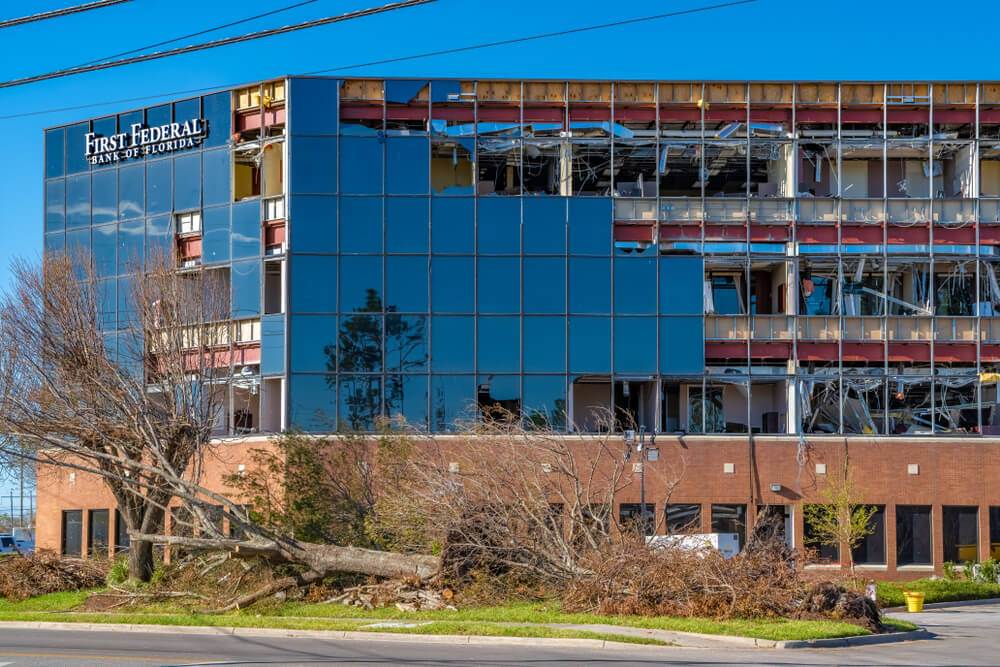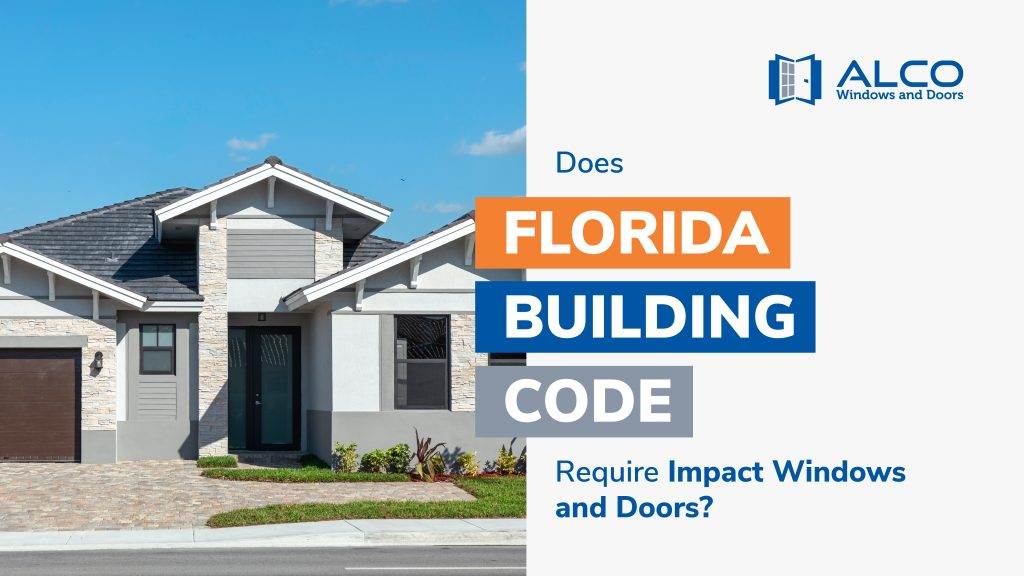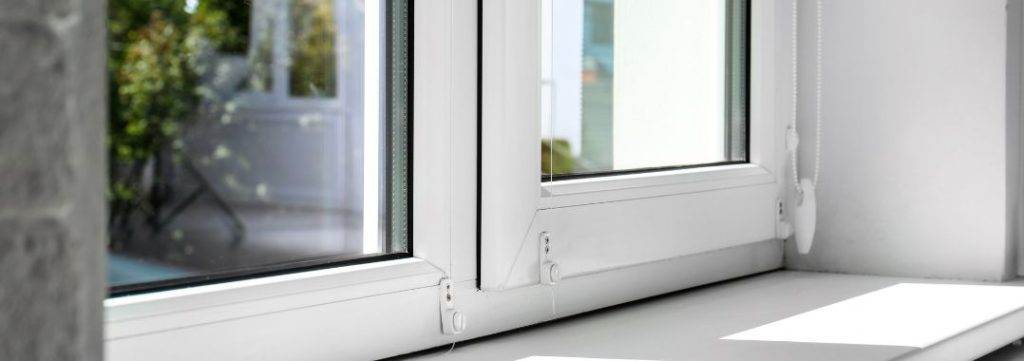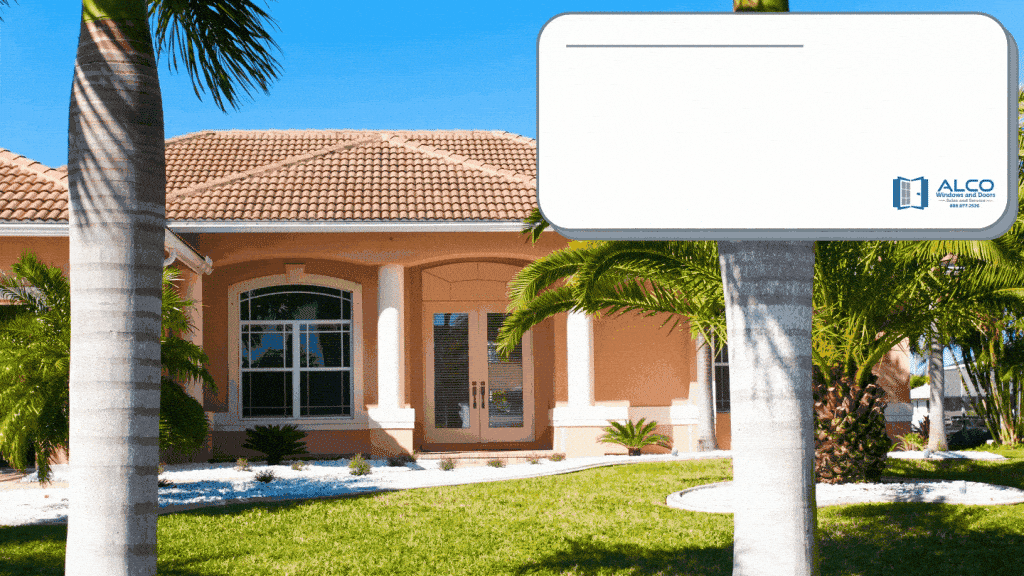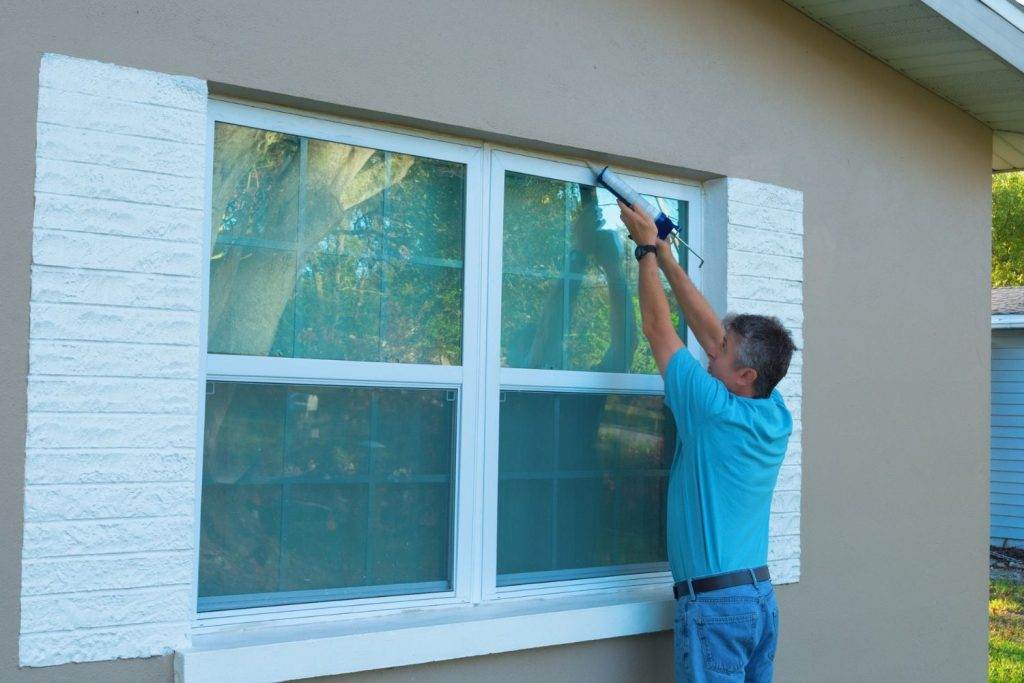In the midst of powerful tornadoes, ensuring the safety of our homes becomes paramount. With the destructive force of these natural disasters, finding effective protection for our windows and doors is crucial. However, the question of what provides the best defense against tornado force winds remains unanswered. Today, we will explore the various options available and determine which solution offers the highest level of protection and peace of mind.
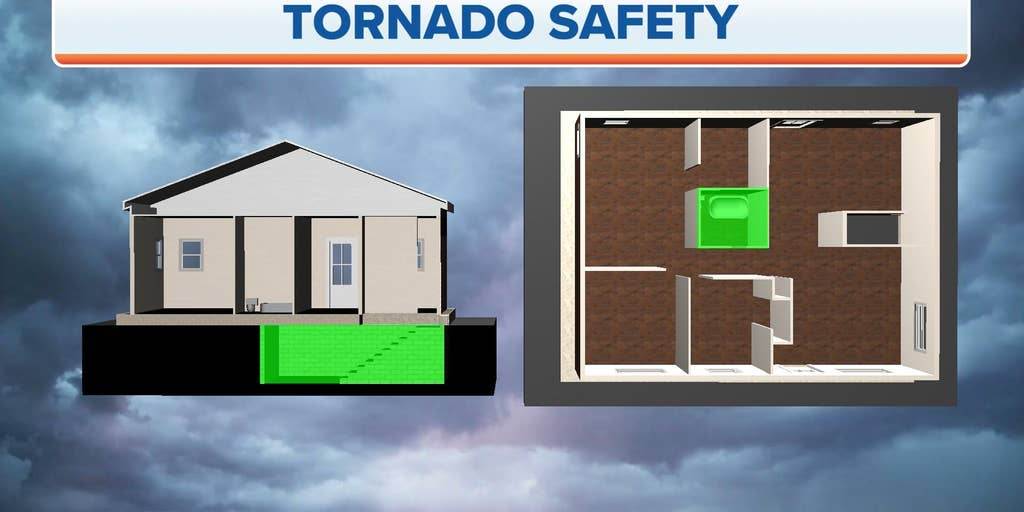
This image is property of images.foxweather.com.
Impact-resistant Windows
When it comes to protecting our homes from tornadoes and severe weather conditions, ensuring the integrity of our windows is crucial. Ordinary windows can shatter easily, allowing debris and high winds to enter our homes and cause further damage. However, there are several types of impact-resistant windows that offer enhanced protection through their advanced construction.
Laminated Glass
Laminated glass is a popular option for impact-resistant windows. It is made by sandwiching a layer of polyvinyl butyral (PVB) between two glass layers. This PVB interlayer acts as a bonding agent, holding the glass together even when it breaks. In the event of a tornado or hurricane, the glass may crack, but it will remain intact, preventing shards from flying into our homes.
Film-coated Glass
Another option for impact-resistant windows is film-coated glass. This type of window consists of a thin layer of polyester film applied to the glass surface, which enhances its strength. When the window is subjected to high forces or impacts, the film holds the glass together, reducing the risk of shattering. Film-coated glass is not as strong as laminated glass, but it still provides significant protection against tornado force winds.
Polymer Panels
Polymer panels are a more recent innovation in impact-resistant windows. These panels are typically made of a combination of acrylic, polycarbonate, or other durable materials. They are lightweight, yet strong and flexible, making them an excellent option for tornado-prone areas. Polymer panels are designed to withstand high winds, flying debris, and impact forces, offering reliable protection for our windows during severe storms.
Reinforced Doors
In addition to impact-resistant windows, reinforcing our doors is also essential for safeguarding our homes against tornado force winds. Doors are vulnerable points through which strong winds and debris can enter, potentially causing severe damage. Here are some options for reinforced doors that offer increased strength and durability.
Solid Wood
Solid wood doors are a classic choice and provide a good level of protection against various weather conditions. However, in order to enhance their resistance to strong winds and impacts, these doors can be reinforced with additional materials. Solid wood doors are typically built with a solid core and a sturdy frame, making them more resistant to damage from high winds and flying debris.
Metal-clad Wood
Metal-clad wood doors combine the durability of metal with the aesthetic appeal of wood. These doors feature a wooden core surrounded by a layer of metal, such as steel or aluminum. The metal cladding enhances the door’s strength and provides added protection against tornado force winds. Metal-clad wood doors are a popular choice for both residential and commercial properties due to their durability and stylish appearance.
Fiberglass
Fiberglass doors are known for their strength and resilience, making them an excellent choice for reinforcing our homes against tornado force winds. These doors are made from a blend of glass fibers and resin, resulting in a durable and weather-resistant material. Fiberglass doors are highly resistant to cracking, splitting, and warping, even in extreme weather conditions. They can withstand the impact of debris and strong winds, providing a reliable barrier against the elements.
Steel
Steel doors are the ultimate choice for maximum security and protection. These doors are incredibly strong and can withstand even the most powerful storms and impacts. Steel doors are typically constructed with a steel frame and core, making them highly resistant to high winds, flying debris, and forced entry. While steel doors offer unmatched strength, they may not suit every home’s aesthetics and can be more expensive than other options.
Window and Door Frames
While impact-resistant glass is essential in protecting our windows and doors, the frames that hold these elements in place also play a crucial role in maintaining structural integrity during severe weather events. Here are some common types of frames that provide strength and support to our impact-resistant windows and doors.
Reinforced Aluminum Frames
Reinforced aluminum frames are a popular choice for impact-resistant windows and doors. Aluminum is naturally strong and lightweight, making it an ideal material for framing. When reinforced with additional materials, such as steel or fiberglass inserts, aluminum frames offer increased resistance against high winds and impacts. These frames are also highly resistant to corrosion, which adds to their durability and longevity.
Vinyl Frames
Vinyl frames are another excellent option for impact-resistant windows and doors. Vinyl is a durable and low-maintenance material that is resistant to moisture, cracking, and warping. Vinyl frames are lightweight, energy-efficient, and provide reliable insulation. When combined with impact-resistant glass, vinyl frames offer superior protection against severe weather conditions while still providing an aesthetically pleasing finish.
Fiberglass Frames
Fiberglass frames are a relatively new but increasingly popular choice for impact-resistant windows and doors. Fiberglass is a robust material that is resistant to rot, corrosion, and warping. It is also lightweight and has excellent thermal performance. When paired with impact-resistant glass, fiberglass frames create a strong and durable barrier against tornado force winds and flying debris. Additionally, fiberglass frames offer the versatility to be painted or stained to match any architectural style.
Shutters and Storm Panels
In addition to impact-resistant windows and doors, installing shutters and storm panels can provide an extra layer of protection for our homes during tornadoes and severe storms. These protective coverings are designed to shield our windows and doors from high winds, flying debris, and potential damage. Here are some common options for shutters and storm panels that offer enhanced safety and security.
Accordion Shutters
Accordion shutters are a popular choice for homeowners looking for convenience and ease of use. These shutters are permanently installed on either side of the window or door and can be easily expanded or collapsed as needed. Accordion shutters are made from durable materials such as aluminum or steel and are designed to withstand strong winds and impacts. When closed, these shutters provide a secure barrier, protecting our windows and doors from potential damage.
Roll-up Shutters
Roll-up shutters offer a sleek and space-saving solution for protecting our windows and doors. These shutters are designed to roll up into a compact housing when not in use, allowing for unobstructed views and natural light. When deployed, roll-up shutters create a solid barrier, effectively shielding our windows and doors from high winds and flying debris. These shutters are typically made from aluminum or steel and are available in a variety of colors and finishes to complement any architectural style.
Storm Panels
Storm panels are economical and practical options for protecting our windows and doors during severe weather conditions. These panels are typically made from materials such as aluminum, steel, or polycarbonate, offering excellent strength and impact resistance. Storm panels can be installed temporarily before a storm and removed afterward, allowing for easy storage and minimal visual impact. They provide reliable protection against tornado force winds and flying debris, making them a popular choice for many homeowners.

This image is property of www.gbaproducts.com.
Storm-resistant Hardware
While impact-resistant windows and doors form the first line of defense against tornado force winds, the hardware used to secure them also plays a crucial role in ensuring the overall safety and security of our homes. Here are some types of storm-resistant hardware that provide additional reinforcement and protection.
Impact-resistant Door Hardware
Using impact-resistant door hardware can greatly enhance the security and strength of our doors during severe weather conditions. These hardware options typically include reinforced hinges, locks, and latches that are designed to withstand high winds and impacts. Impact-resistant door hardware ensures that our doors remain securely closed, preventing them from being breached due to strong winds or flying debris.
Multi-point Locking Systems
Multi-point locking systems offer an extra layer of security and strength to our doors. These systems feature multiple locking points along the door frame, distributing the force of impacts evenly and preventing the door from being easily forced open. Multi-point locking systems are particularly effective in high-wind situations, as they help keep our doors securely closed and minimize the risk of damage or intrusion.
Security Film
Security film is a transparent adhesive film that is applied to the surface of our windows and doors. While not impact-resistant in itself, security film helps to hold shattered glass together, reducing the risk of injury and further damage caused by flying shards. By applying security film to our windows and doors, we can enhance their resistance to high winds and impacts, providing an extra layer of protection during tornado force winds.
Installation Methods
Even the most robust and impact-resistant windows and doors will not provide adequate protection if they are not properly installed. It is crucial to follow proper installation methods to ensure the structural integrity and effectiveness of our storm protection measures. Here are some key considerations for installing impact-resistant windows and doors.
Proper Anchoring and Fastening
Proper anchoring and fastening are essential for securing impact-resistant windows and doors in place. These measures help distribute the forces from high winds and impacts more evenly throughout the structure, reducing the risk of failure. It is important to follow manufacturer guidelines and use appropriate anchors and fasteners to ensure that our windows and doors are securely attached and can withstand tornado force winds.
Sealant Application
Sealant application is another critical step in the installation process. Using high-quality sealants that are specially designed for impact-resistant windows and doors helps to create a watertight and airtight seal, preventing water infiltration and minimizing air leakage. Properly sealing around the edges of windows and doors also helps to enhance their resistance to high winds and debris, ensuring maximum protection during tornado force winds.
Reinforced Attachment Points
Reinforcing attachment points is particularly important for areas that are prone to severe weather conditions. Reinforcements, such as metal brackets or framing, can be added around the window and door openings to provide additional strength and stability. These reinforcements help fortify the attachment points and reduce the risk of failure during high winds and impacts. By reinforcing attachment points, we can significantly enhance the overall effectiveness of our storm protection measures.
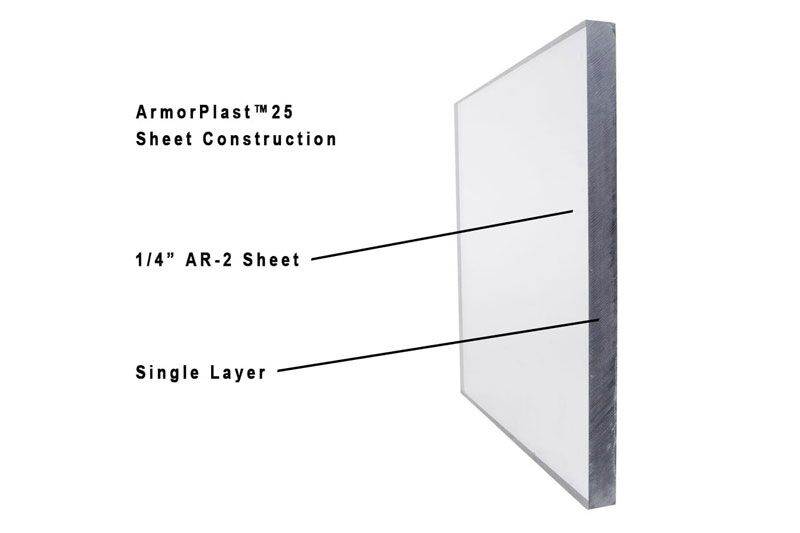
This image is property of cdn-dfhlm.nitrocdn.com.
Additional Protective Measures
While impact-resistant windows and doors, along with proper installation, provide significant protection during tornado force winds, there are additional measures we can take to further fortify our homes. These measures offer extra security and peace of mind, especially in areas prone to severe weather events.
Bracing Systems
Bracing systems involve reinforcing the structural elements of our homes to increase their resistance against high winds and impacts. These systems typically include the use of metal frames, ties, or rods that are strategically installed to reinforce key areas of the building, such as walls, roofs, and floors. Bracing systems are particularly effective in regions with a high risk of tornadoes and can help prevent catastrophic damage to our homes.
Safe Rooms
Safe rooms, also known as storm shelters, are specially constructed spaces within our homes designed to withstand tornado force winds and flying debris. These rooms are typically built with reinforced walls, ceiling, and floor, along with impact-resistant windows and doors. Safe rooms provide a secure and protected space for occupants to seek shelter during severe storms, offering peace of mind and maximum safety.
Tornado-proof Design
Designing our homes to be tornado-proof involves incorporating specific architectural features and construction techniques that enhance their resistance to high winds and impacts. These design considerations may include reinforced walls, roofs, and windows, as well as the use of materials that can withstand severe weather conditions. Tornado-proof design ensures that our homes are structurally sound and capable of withstanding tornado force winds, minimizing the risk of damage and ensuring our safety.
Testing and Certification
When selecting impact-resistant windows and doors, it is essential to look for products that have been tested and certified to meet industry standards. Testing and certification provide assurance that the products have undergone rigorous testing and have met specific performance criteria. Here are some recognized testing standards and certifications to consider.
ASTM Testing Standards
ASTM International, formerly known as the American Society for Testing and Materials, develops and publishes voluntary consensus standards for various industries, including windows and doors. ASTM testing standards evaluate the performance of impact-resistant windows and doors by subjecting them to simulated high winds, impacts, and other severe weather conditions. Products that meet ASTM standards have demonstrated their ability to withstand tornado force winds and offer reliable protection.
National Fenestration Rating Council (NFRC) Certification
The National Fenestration Rating Council (NFRC) is a non-profit organization that provides independent and third-party verification of the performance of windows, doors, and skylights. NFRC certification ensures that products have been tested and rated for their energy efficiency, as well as their resistance to air infiltration, water penetration, and structural integrity. When selecting impact-resistant windows and doors, looking for NFRC certification can help ensure that we are choosing products that meet the highest standards of performance and reliability.
Miami-Dade County Product Approval
Miami-Dade County in Florida is known for its stringent building codes and regulations, particularly regarding hurricane protection. The Miami-Dade County Product Approval system is one of the most rigorous and comprehensive certifications for impact-resistant windows and doors. Products that receive Miami-Dade County Product Approval have undergone extensive testing and meet the strict requirements for wind resistance, impact resistance, and water resistance. Choosing products with Miami-Dade County Product Approval provides an added level of confidence in their ability to protect against tornado force winds.

This image is property of cdn-dfhlm.nitrocdn.com.
Considerations for Existing Homes
While it is ideal to install impact-resistant windows and doors during the construction phase, retrofitting existing homes can also provide increased protection against tornado force winds. Here are some considerations to keep in mind when retrofitting windows and doors.
Retrofitting Options
Retrofitting options for existing homes include replacing the existing windows and doors with impact-resistant alternatives or adding protective coverings such as shutters or storm panels. While replacing windows and doors can provide the most comprehensive protection, adding shutters or storm panels can also significantly enhance the resistance to high winds and impacts. It is important to consult with professionals to determine the best retrofitting options for our specific home and needs.
Window and Door Inspections
Before retrofitting our windows and doors, it is crucial to have them thoroughly inspected by professionals. Inspections can identify any weak points or areas of concern that may compromise the effectiveness of our storm protection measures. Professionals can assess the condition of the windows, doors, frames, and attachments, and provide recommendations for necessary repairs or replacements. Regular inspections and maintenance are essential for ensuring the continued durability and effectiveness of our impact-resistant windows and doors.
Cost and Maintenance
When considering the installation of impact-resistant windows and doors, it is important to consider the cost and long-term maintenance requirements. While the initial investment may be higher compared to conventional windows and doors, the increased protection and peace of mind they offer are invaluable. Here are some factors to consider regarding cost and maintenance.
Price Range
The price of impact-resistant windows and doors can vary depending on various factors, including the size, type, and level of impact resistance desired. Generally, impact-resistant windows and doors may be more expensive than standard options due to their advanced construction and materials. However, it is important to remember that the added protection and potential savings from avoiding storm-related damages can offset the initial investment.
Long-term Durability
Impact-resistant windows and doors are designed to withstand severe weather conditions and offer long-term durability. These products are manufactured to be highly resistant to impacts, corrosion, and deterioration, ensuring that they will last for many years. Regular maintenance, such as cleaning and lubricating hinges and locks, will help prolong their lifespan and ensure optimal performance. It is advisable to consult with the manufacturer or a professional for specific maintenance guidelines for our impact-resistant windows and doors.
Cleaning and Maintenance
Maintaining impact-resistant windows and doors is relatively straightforward. Regular cleaning with mild soap and water will help remove dirt and debris that may accumulate over time. It is important to avoid using harsh chemicals or abrasive cleaners, as they can potentially damage the glass or frame. Additionally, checking the seals, hinges, and locks periodically and addressing any issues promptly will help ensure that our impact-resistant windows and doors continue to provide reliable protection against tornado force winds.
In conclusion, protecting our windows and doors against tornado force winds is a critical consideration for homeowners in tornado-prone areas. Investing in impact-resistant windows and doors, reinforced doors, and robust frames is essential for ensuring our homes’ structural integrity and the safety of our loved ones. By choosing the right materials, installation methods, and additional protective measures, we can mitigate the risk of damage caused by severe weather events. Regular inspections, testing, and certifications provide assurance of the performance and reliability of our storm protection measures. While the initial cost and maintenance requirements of impact-resistant windows and doors may be higher, the long-term benefits far outweigh the investment. With proper planning and implementation, we can create a secure and resilient home that stands up to tornado force winds and keeps our families safe.
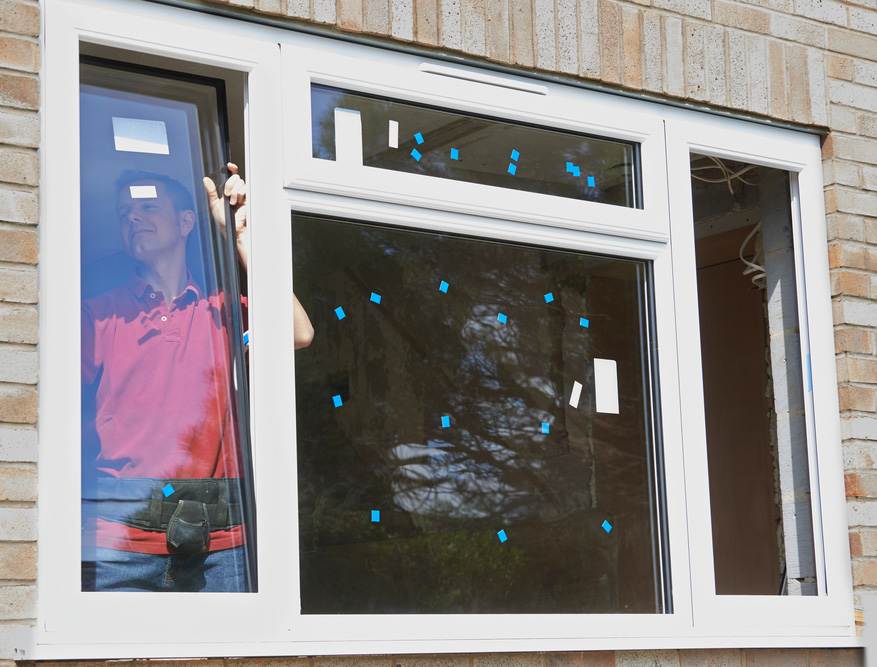
This image is property of images.propertycasualty360.com.

